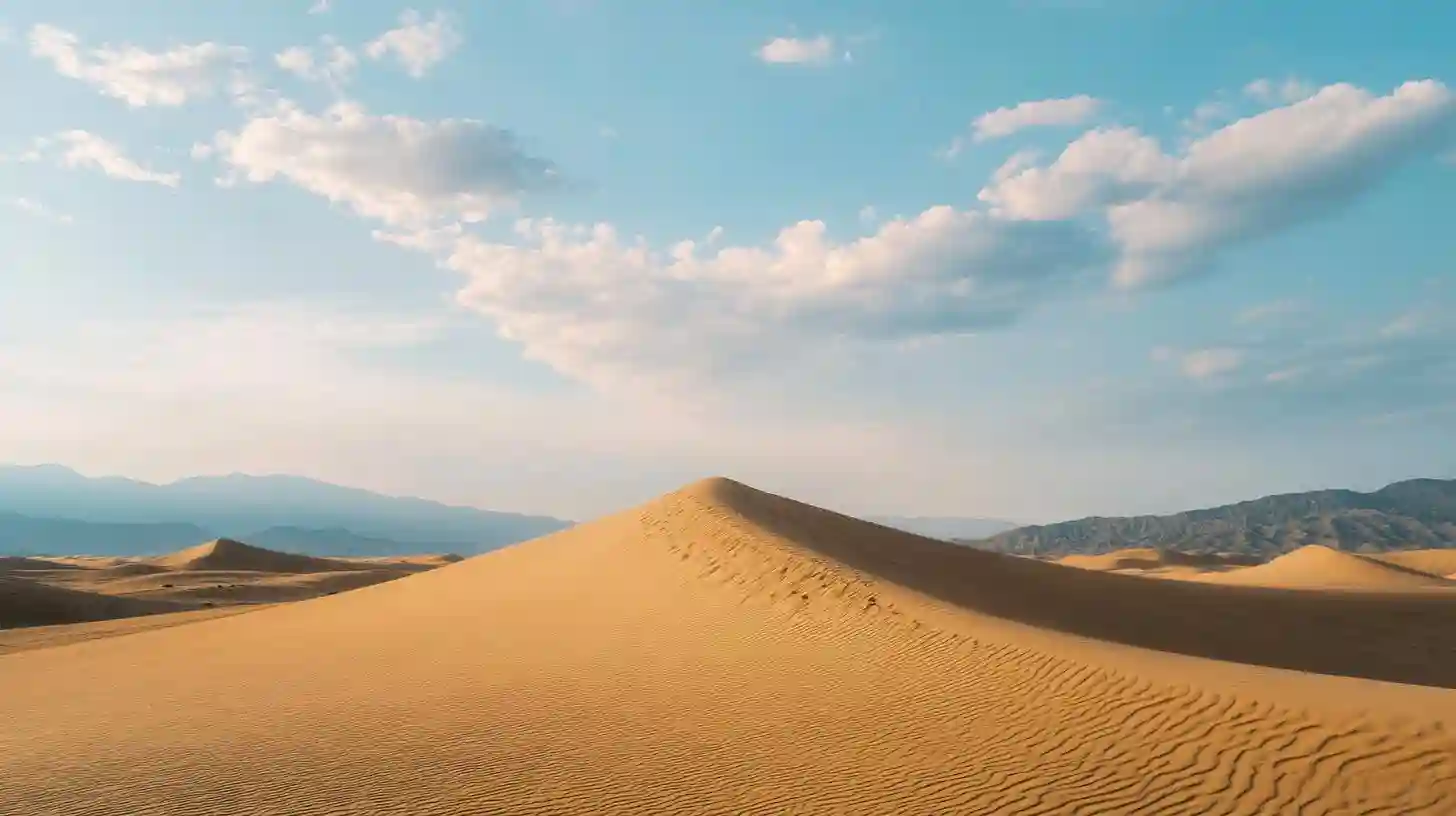
Inner Mongolia, an autonomous region located in northern China, offers a unique blend of rich history, diverse cultures, and breathtaking landscapes. It extends across vast stretches of grasslands, mountains, and desserts, revealing its striking natural beauty. This region holds a significant place in the hearts of the Mongolian people, as it is home to a large population of ethnic Mongols who maintain their cultural heritage amidst rapid modernization.
The history of Inner Mongolia is deeply intertwined with the legacy of the Mongolian Empire, which flourished during the thirteenth century under the leadership of Genghis Khan. Genghis Khan, a legendary figure in both Mongolian and world history, unified the Mongolian tribes and expanded their territory across Asia and Europe. Today, the Great Wall of China’s historical significance offers a window into the region's complex past, as it was originally built to protect against Mongol invasions. Remnants of ancient cities and artifacts pepper the landscape, captivating historians and travelers alike.
One of the defining characteristics of Inner Mongolia is its vast grasslands, which stretch endlessly under the expansive sky. The Inner Mongolian steppe serves as a crucial grazing land for nomadic herders who raise sheep, goats, and horses. These herders live in traditional felt tents known as yurts, which can be easily assembled and disassembled as they move with the seasons. Life on the grasslands follows a unique rhythm dictated by nature, where customs and practices revolve around the herding lifestyle. Each year, festivals celebrate the bond between the people and their land, highlighting the region's deep-rooted connection to pastoral traditions.
Alongside its stunning landscapes, Inner Mongolia also boasts a diverse ecological environment that includes deserts, forests, and mountain ranges. The Kubuqi Desert is one of the major deserts in the region, known for its stunning sand dunes and unique desert ecosystems. Efforts to combat desertification, such as reforestation and sustainable land management, reflect the commitment of local communities to preserve their environment while adapting to changing climatic challenges.
Another aspect that enriches the cultural fabric of Inner Mongolia is its vibrant arts scene. Mongolian throat singing, a distinctive vocal technique that involves producing multiple tones simultaneously, is a testament to the region's musical heritage. Traditional instruments, such as the morin khuur, or horsehead fiddle, add depth to the melodies that resonate with themes of nature and daily life. Dance and storytelling remain integral components of Mongolian cultural expression, with performances serving as a means to transmit history and folklore through generations.
The Silk Road, an ancient trade route that facilitated cultural and economic exchanges, traversed Inner Mongolia. This historical connection has left its mark on the region, resulting in a rich tapestry of cultural influences that include not only Mongolian but also Han Chinese, Tibetan, and various ethnic groups. As a result, Inner Mongolia stands as a microcosm of China's broader cultural diversity, where different traditions coexist and interrelate seamlessly.
Modernization has brought both challenges and opportunities to Inner Mongolia. Urban development has transformed some areas, leading to economic growth and improved living standards for many residents. However, this rapid change has posed threats to traditional lifestyles and cultural practices. The balance between embracing innovation while preserving cultural identity remains a pressing concern for local communities.
Cities such as Hohhot, the capital of Inner Mongolia, showcase a blend of contemporary architecture and historical sites. In Hohhot, visitors can explore the Dazhao Temple, an important center of Tibetan Buddhism, alongside the Inner Mongolia Museum, which presents the region's diverse history and cultural heritage. The bustling markets and vibrant street life reflect the dynamic and evolving nature of urban life in Inner Mongolia, where the old and the new coexist.
Tourism in Inner Mongolia offers visitors an opportunity to immerse themselves in the richness of the region's landscapes and cultures. From horseback riding across the rolling grasslands to experiencing traditional Mongolian feasts, each moment is an encounter with a way of life that is both ancient and modern. Activities such as the Naadam Festival, where local athletes compete in traditional sports, showcase the spirit and resilience of the Mongolian people.
This vast and enchanting region invites exploration and appreciation, revealing layers of history, culture, and natural beauty. Inner Mongolia serves as a remarkable example of how tradition can thrive amid the currents of modernization. Its rich tapestry of experiences awaits those who venture into its heart, offering a glimpse into a world where the past and present harmoniously coexist, nestled against the backdrop of stunning landscapes.